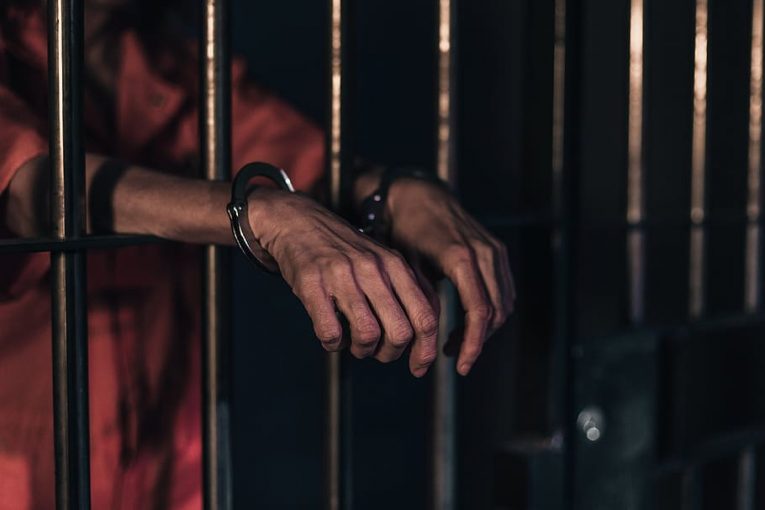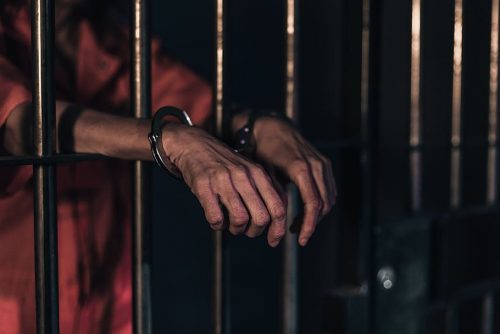

By The Vanguard
HARTFORD, CT – “In 1999 Connecticut had so many people in prison that it paid to send 500 of them to be incarcerated in Virginia – Nearly 25 years later, the state has not only sliced its number of imprisoned people in half, but been able to close more than 10 prisons while keeping its crime rate at its lowest level in more than 40 years,” writes Slate.
“It is kind of remarkable,” said Mike Lawlor, a former state legislator and state official who has worked on these issues for 30-plus years. “We could probably close a few more.”
Slate reports Connecticut runs 13 prisons, which house about 10,000 people, noting, “Two-thirds of these are serving sentences; the other third are those who have yet to be sentenced. (Five of the closed prisons have been mothballed, meaning they could be reopened if needed.) The state’s rate of 155 people imprisoned per 100,000 residents is now the ninth lowest in the country and well below the national average of 350 people per 100,000.”
Nationally, states have reduced the number of people held in their prisons by 25 percent since each state’s peak number of incarcerated people, according to statistics compiled by the Sentencing Project.
But, adds Slate, “although some other states are closing prisons, none have come close to Connecticut’s efficiency. Indeed, in the past three years, eight states have opened, renovated, or finalized plans to build new prisons, according to Jacob Kang-Brown, a senior research fellow at Vera Institute, a nonprofit that works to transform legal justice systems throughout the country.”
“It’s troubling to see many states still trying to build more and more prisons,” Kang-Brown said.
“We’ve shown over a 15-year period how to do [criminal justice reform] right,” said current state Rep. Steve Stafstrom, a Democrat from Bridgeport, the state’s most populous city. “I actually wish other states spent more time looking to Connecticut.”
“The state’s work in reducing the number of incarcerated individuals has dovetailed with its decline in crime. Violent crime decreased 43 percent from 2012 to 2021, while property crime sank 29 percent during the same period,” wrote Slate.
“Connecticut’s push to reform its criminal justice system started in the early 2000s, but accelerated after Dannel Malloy became governor in 2011, breaking a 16-year streak of Republicans holding the state’s top office.
“Suddenly, with the support of the Democratic-controlled House and Senate, the state unleashed a range of changes, including repealing the death penalty, bumping the age at which juveniles could be charged as adults from 16 to 18 for most crimes, and eliminating some sentencing guidelines that affected predominantly people of color.”
“I came to the conclusion that as a society we were making unbelievable mistakes, causing taxpayers to pay an outrageous bill for wrong-minded criminal justice assumptions,” said Malloy, currently the chancellor of the University of Maine system. “Quite frankly, we have a tendency to over-punish people.”
He told Slate the state not only had built too many prisons, but “had a mix of old buildings and new prisons built for maximum punishment, instead of facilities where people could be rehabilitated. Nationally, and in Connecticut, about 95 percent of incarcerated people are eventually released.”
“In fact, in 2016 Malloy, Lawlor, and a team of officials from the state visited prisons in Germany, where they were surprised to find that there were more social workers than guards. That trip led to the creation of a TRUE unit at the Cheshire Correctional Institute. The acronym stands for Truthfulness (to oneself and others), Respectfulness (toward the community), Understanding (ourselves and what brought us here), and Elevating (into success),” wrote Slate.
“The unit, the subject of a 2019 60 Minutes segment, combines incarcerated men age 18 to 25 with older imprisoned men who act as mentors. The older group aims to teach younger people how to confront their past, solve conflicts without violence, and learn basic life skills.
“Malloy said his goal as governor was not to close prisons but change laws that were unfair and overhaul the system so that incarcerated people could be rehabilitated before they were released,” reports Slate.
“I’m fully cognizant that society has a right to demand some form of punishment or retribution, but the pendulum had swung way too far in Connecticut and nationally,” he said. “We’re a second-chance society, but if you make a mistake in the criminal area, you’re likely to be punished for the rest of your life.”
Stafstrom said “the state still needs to reform an ‘antiquated’ bail system that keeps too many people incarcerated ahead of trial. He also called for increased commutation and parole eligibility, especially for older incarcerated people who were given vastly longer sentences for crimes than people convicted for the same offenses today,” Slate said, adding, “Others have criticized the state for the racial disparity that has remained in its prisons despite the reductions.”
“The historic declines [for incarcerated people] are significant and important and amazing, but they haven’t made a dent on racial disparities,” said Melvin Medina, the vice president of policy and advocacy for the Connecticut Project.
Slate quoted Medina stating that while “just 12.9 percent of the state’s population is Black, 42 percent of its incarcerated people are Black. That’s the same percentage as when the state had 20,000 imprisoned people. Part of the problem is that about half the people in prison in Connecticut come from six cities that represent just 17 percent of the state’s population.”
Indeed, Black residents in Connecticut are 9.4 times as likely to be incarcerated as white residents. That’s nearly twice the national average and the fifth-highest rate for all states,” writes Slate.